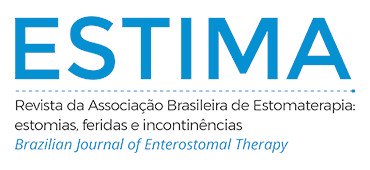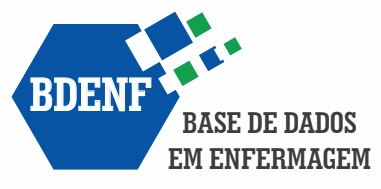Application of Orem’s theory on wounds: an integrative review
Keywords:
Self Care, Nursing theory, Wounds and injuries, Leg ulcer, Enterostomal therapyAbstract
Objective: To characterize the scientific production on the application of Orem’s self-care theory in the scope of wounds. Method: Integrative literature review with the available articles that highlight the theme. The following informational resources were used: VHL, CINAHL, Scopus, Cochrane, PubMed and SciELO. The following descriptors were listed: Self Care, Nursing Theory, Wound and Ulcer, in their English and Portuguese versions. The final sample consisted of 10 publications. Data were collected using a validated tool. Evaluation and data synthesis were produced through description and simple statistical evaluations. Results: The analyzed researches were developed in four countries; English language was predominant; publications began in 2004. The theory was applied in nursing care systematization, as a teaching strategy for self-care and as a theoretical framework. The articles linked the theory to diabetic foot, venous ulcer, leg/lower limb ulcers (no specification of type), burns and pressure injury. Conclusion: Orem’s theory was applied to a variety of individuals and contexts, its applicability within the scope of wounds is something concrete, regardless of the type of injury.
Downloads
Metrics
Downloads
Published
How to Cite
Issue
Section
License
Copyright (c) 2020 Larissa Houly de Almeida Melo, Thaís Honório Lins Bernardo, Jane Keyla Souza dos Santos Macedo, Leilane Camila Ferreira de Lima Francisco, Alice Correia Barros

This work is licensed under a Creative Commons Attribution 4.0 International License.

























